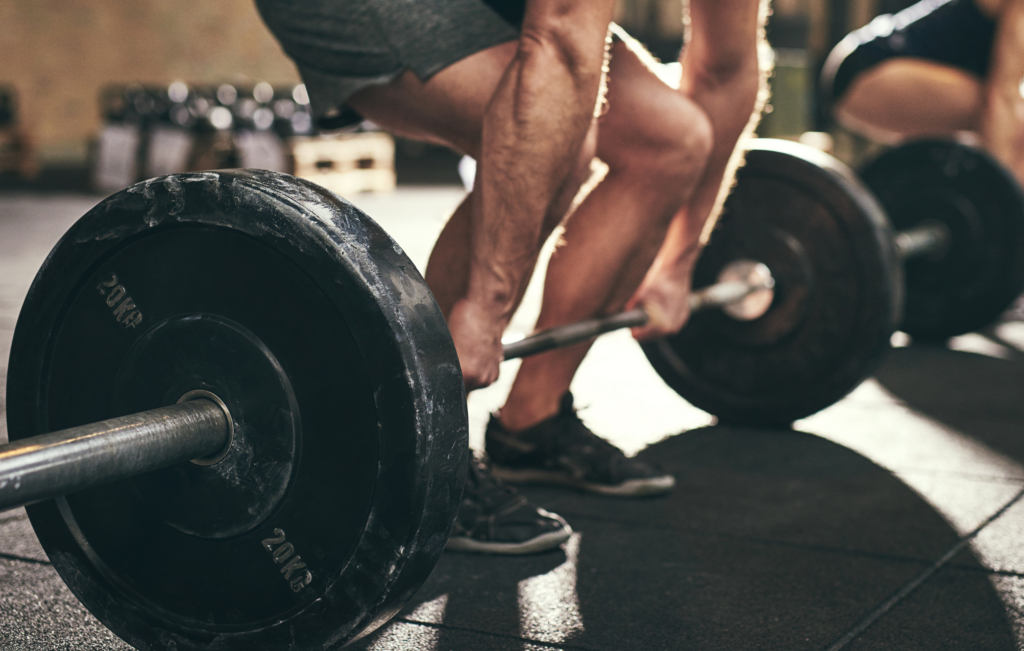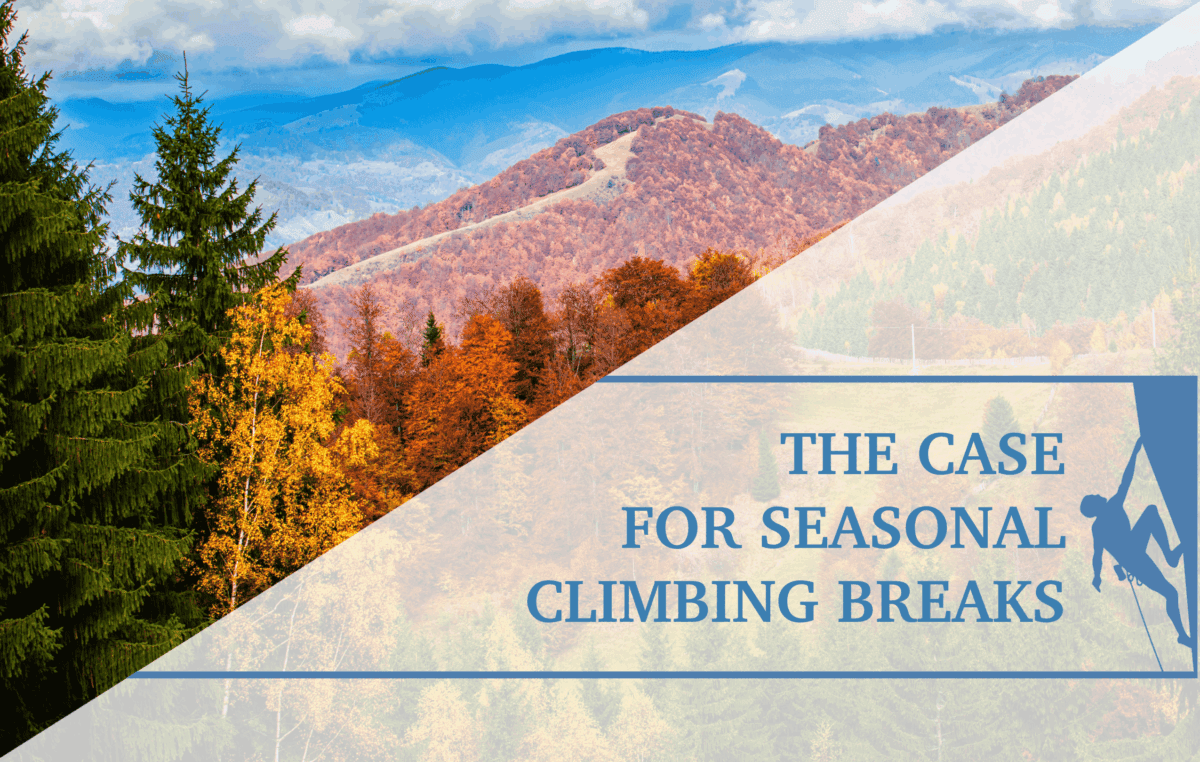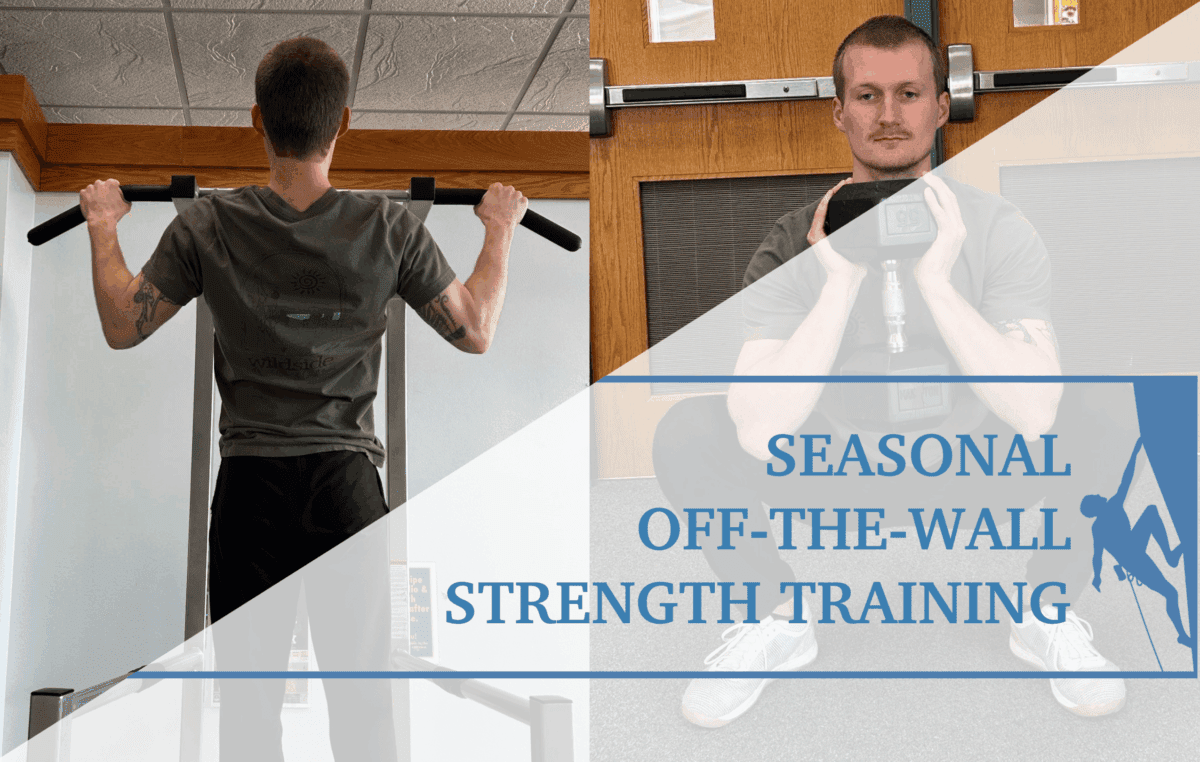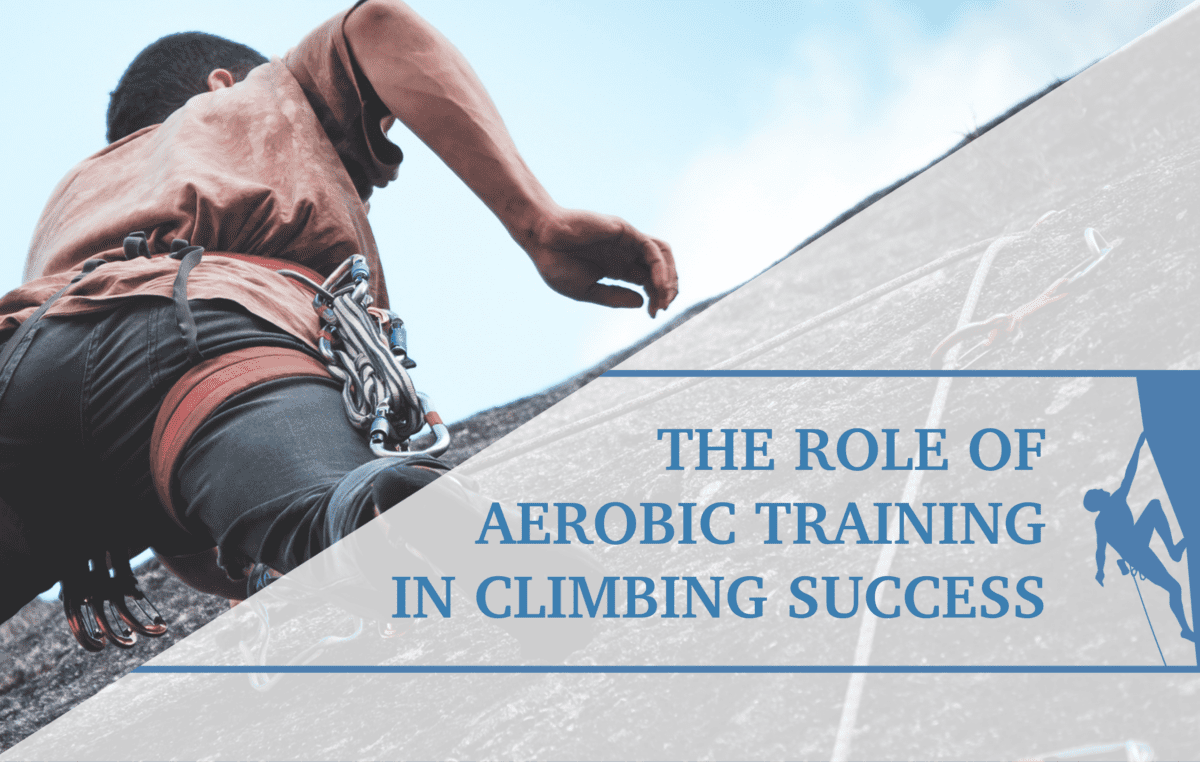Recovery Strategies Following an Intensive Training Session
As an avid climber, my passion for the sport leads to an insatiable pursuit to improve my climbing abilities. Day in and day out, I dedicate myself to my craft. With proper periodization, my training includes easy, moderate, and hard intensive sessions. However, after an intensive training session, I cannot seem to recovery in time for my next training sessions. Now, lack of recovery is impeding with my ability to perform the rest of the week’s training sessions. When I have another intensive training, the cycle begins again. If this scenario sounds familiar, it may be time to explore different recovery strategies.

Signs & Symptoms:
I have broken down the signs and symptoms of excessive stress due to intensive training into four different tiers. The signs and symptoms range from mild (tier 1) to severe (tier 4). With each tier, I have provided basic guidelines to facilitate the recovery process to enable the climber to return to training.
Assessment:
Tissue and neurologic stress can be assessed with a variety of subjective and objective measures. One of the measures includes levels of fatigue, which can be subdivided into muscle and overall fatigue level described as central nervous system (CNS) fatigue. Muscle and CNS fatigue can be differentiated between local and global. Another measure used to assess stress is muscular soreness. Lastly, the presence and amount of niggles the climber is experiencing is an indicator of stress. According to the article Do Niggles Matter? in the Science and Medicine in Football journal, niggles can be defined as injuries that do not require time off from sport. These four categories will be used to assess stress levels of the body due to training and be placed in one of the four tiers. Each category can be measured on level of severity. The levels of severity are as follows: minimal, moderate, and high. Minimal level of severity can be defined as experiencing pain levels (tightness, dull, achy) between 1-2 on the pain scale out of 10 and/or an increase in RPE (rate of perceived exertion) of 1-2 out of 10. Moderate level of severity can be defined as experiencing pain levels between 2-4 on the pain scale out of 10 and/or an increase in RPE (rate of perceived exertion) of 2-4 out of 10. Severe level of severity can be defined as experiencing pain levels between 4-6 on the pain scale out of 10 and/or an increase in RPE (rate of perceived exertion) of 4-6 out of 10. A score above 6 out of 10 for pain and/or RPE would be considered overtraining and/or tissue injury.
Recommendations:
These recovery strategies are listed from most active to least.
Active Recovery
Active recovery includes physical activity at a low intensity. Climbing at two grades or lower your peak grade and reducing time spent climbing by at least 25% is a great form of active recovery. The key to an active recovery session is to feel more refreshed than the start of the session. If symptoms have not been reduced, it is important to further decrease grade level and time spent climbing. Other forms of active recovery include light aerobic exercise, resistance training, and active stretches.
Active Modalities
Active modalities are recovery strategies that can are implemented by the athlete on themselves. Soft tissue mobilization can be achieved actively with the use of implements such as a foam roller or a lacrosse/tennis ball. A foam roller is a great tool for covering large muscle groups such as the latissimus dorsi, quadriceps, and gluteals. A lacrosse/tennis ball can be used to pinpoint localized muscle soreness such as in the rotator cuff, forearms, or plantar fascia.
Passive Recovery
Passive recovery includes biological processes that do not require physical activity. The two
main forms of passive recovery include sleep and nutrition. Sleep plays a vital role in
daily recovery and necessary for survival. Sleep hygiene is the ability to have a good night’s rest.
The two main components are sleep duration and quality. If sleep hygiene is affecting recovery, these are the areas that can be improved upon. In addition, nutritional deficits can negatively impact one’s ability to recover and perform. A certified dietician should be consulted if this is the case.
Passive Modalities
Passive modalities are recovery strategies that do not require active participation from the athlete. Soft tissue mobilization can be implemented passively using tissue massage performed by a professional or percussion therapy with a percussion tool. For muscular soreness, cold and heat therapy can be used to reduce symptom severity.
Recovery Tiers & Strategies:
Tier 1
The first tier of stress is the least intense out of the four. The signs and symptoms include minimal to moderate levels of CNS and muscular fatigue, minimal to moderate levels of muscle soreness, and little to no presence of niggles. The recommended treatment strategy for this level is active recovery combined with active modalities. An example can be an active recovery climbing session followed by foam rolling of the affected tissues.
Tier 2
The second tier can be described as moderate levels of CNS and muscular fatigue, moderate levels of muscle soreness, and the presence of a minimal niggle. The recommended treatment strategy includes active recovery combined with passive modalities. An example can be light aerobic activity followed by percussion therapy on the target tissue(s).
Tier 3
The third tier marks the beginning of high levels of symptom intensity. This includes high levels of CNS and muscular fatigue, moderate to high levels of muscle soreness, and the presence of a moderate niggle. For this stage, active combined with passive modalities are the recommended treatment options. An example can be an increase amount of time spent sleeping and a global soft tissue mobilization using a foam
Tier 4
The fourth and last tier is the most severe. The climber is experiencing high levels of CNS and muscular fatigue, high levels of muscle soreness, and the presence of multiple niggles. This is the only tier where complete rest and cessation of activity is recommended. If not managed accordingly, this can ultimately lead to overtraining syndrome. In this tier, the recovery focus should be on sleep hygiene and consulting a dietician.
See a Doctor of Physical Therapy:
It might be time to consult a Doctor of Physical Therapy if you are experiencing signs and symptoms of overtraining and/or time loss injuries. A score above 6 out of 10 for pain and/or RPE would be considered overtraining and/or tissue injury. In addition, if you are experiencing sharp pain or tingling, numbness it is my recommendation to see a DPT. Overtraining is defined as “a chronic performance plateau that cannot be influenced positively by short amounts of rest and recovery” by Kellman in his article Preventing overtraining in athletes in high-intensity sports and stress/ recovery monitoring. Symptoms of overtraining include the following: decreased performance, weight loss, sleep disturbances, emotional instability, depression, elevated resting heart rate, increased rate of injuries, and hormonal changes.
About the Author:
Danny Paredes, SPT, CSCS, USAW-L1, USATF-L1

Danny is a third year Doctor of Physical Therapy student at the University of Southern California. He has a high interest in sports medicine and strength & conditioning that is leading him to pursue a Sports Physical Therapy residency. Danny specializes in treating and preventing injuries in climbers and runners while elevating their performances. To contact him, you can email him at paredeso@usc.edu.
References:
- Kellmann M. Preventing overtraining in athletes in high-intensity sports and stress/recovery monitoring. Scand J Med Sci Sports. 2010 Oct;20 Suppl 2:95-102.
- de Benito AM, Valldecabres R, Ceca D, Richards J, Barrachina Igual J, Pablos A. Effect of vibration vs non-vibration foam rolling techniques on flexibility, dynamic balance and perceived joint stability after fatigue. PeerJ. 2019 Nov 26;7:e8000.
- Vitale KC, Owens R, Hopkins SR, Malhotra A. Sleep Hygiene for Optimizing Recovery in Athletes: Review and Recommendations. Int J Sports Med. 2019 Aug;40(8):535-543.
- Watson, A. (2017). Sleep and Athletic Performance. Current Sports Medicine Reports, 16 (6), 413-418.
- Disclaimer – The content here is designed for information & education purposes only and the content is not intended for medical advice.




